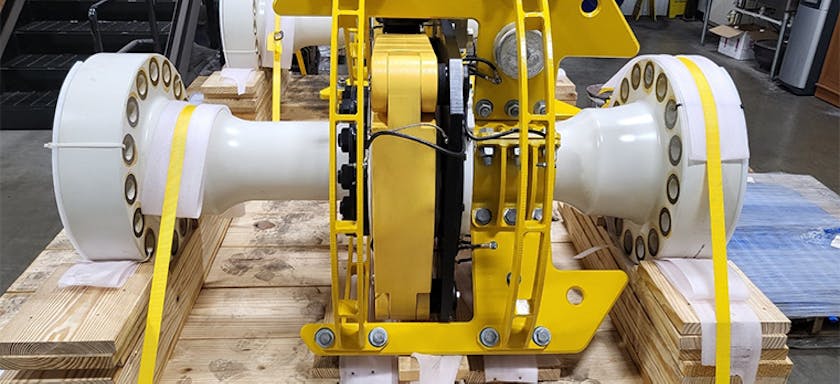HPHT Technology Verification, Validation, and Regulatory Requirements: HPHT Riser Technology Challenges
EVENT: OTC
1 May 2018
Operators are looking to drill and develop deep-water wells with pressures over 15,000 psi and temperatures exceeding 300°F. Designing for high pressure, high temperature (HPHT) conditions present a number of engineering challenges, which can push conventional subsea technology designs to their limits. Therefore, there is a need to understand the feasibility of riser systems in these conditions and consequently to close any potential gaps between the current qualified technology and the outlined project specifications for a number of key riser components.
For conventional reservoirs, the merits of using wet tree and dry tree systems are well understood after years of design, fabrication, installation and operating experience. For HPHT riser applications, various design challenges exist with respect to the technology readiness of various riser system components of a wet or dry tree system development.
Key riser design issues and technology challenges, applicable to wet and dry tree HPHT systems, are addressed in this paper.
For a wet tree development, HPHT conditions require the use of thick wall pipes driven by burst sizing requirements, which in turn will lead to challenges associated with fabrication of pipes, pipe welding and inspection as well as meeting applicable sour service requirements. Furthermore, design of riser hang-off systems of wet tree applications is a critical area that requires consideration. The use of High-Integrity Pressure Protection Systems (HIPPS) to overcome HPHT obstacles is also discussed in this paper.
The use of high strength steel pipe with threaded mechanical connections provides a weight benefit for a dry tree system. However, the qualification of connectors is required and is expected to be a critical activity. In addition, the dry tree system has many other sealing surfaces and connections subject to HPHT loads at the surface and subsea wellhead locations, each of which presents their own design and qualification challenges.
Author

Daniel Reagan
Principal Engineer

About
Daniel has over 18 years’ experience in deep water riser design, manufacturing, testing, supply, offshore installation and inspection. He has extensive experience in global riser analysis, riser system strength and fatigue evaluation and spent several years designing, supplying and installing monitoring systems for top tensioned risers, steel catenary risers, subsea jumpers, manifolds and tensioner systems.
His current focus is managing the design, manufacturing, quality, testing and delivery of subsea hardware, of which he has personally overseen the delivery of more than $75M of subsea equipment. As well as subsea equipment delivery management, he has been involved in several specialty subsea NDE inspection campaigns including the development, testing and offshore inspection of critical subsea infrastructure. As the offshore installation lead on numerous projects, he has been involved with multiple subsea systems working with operators and drilling contractors to install equipment in accordance with procedures and safe working practices.


